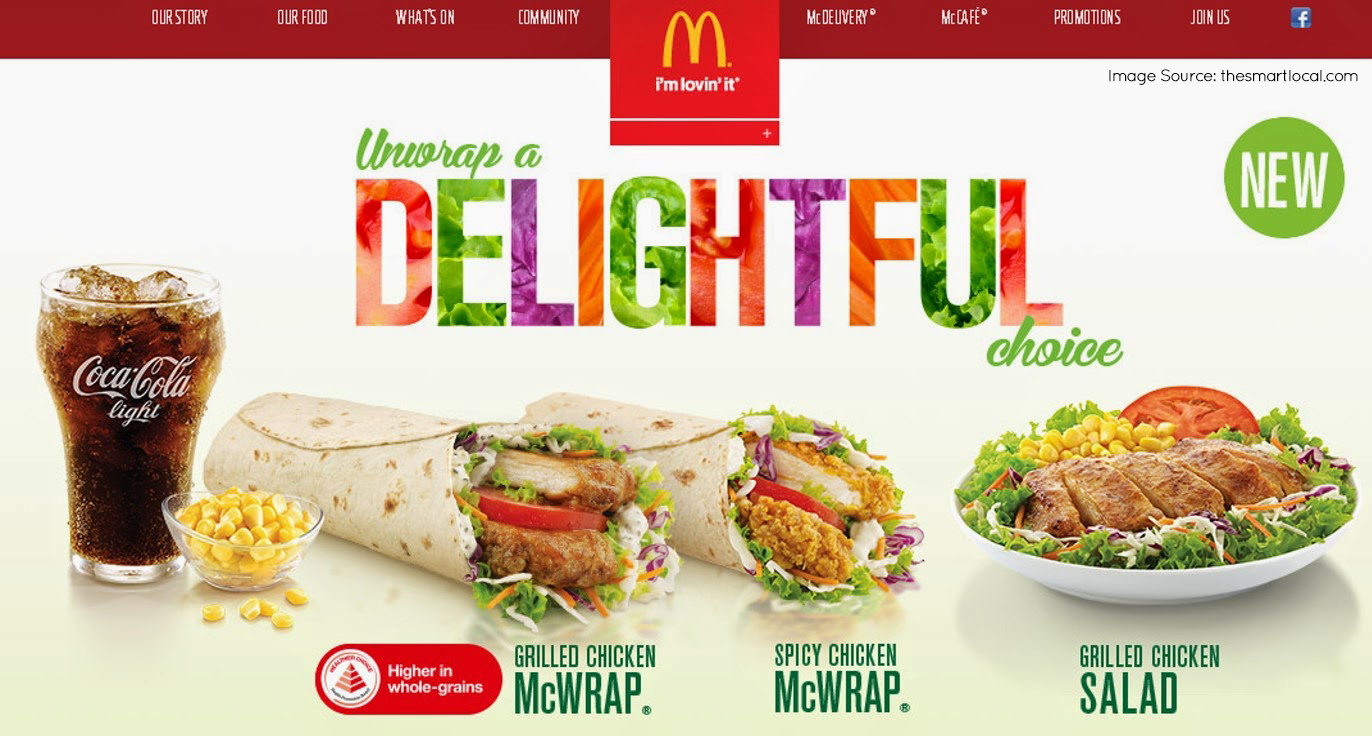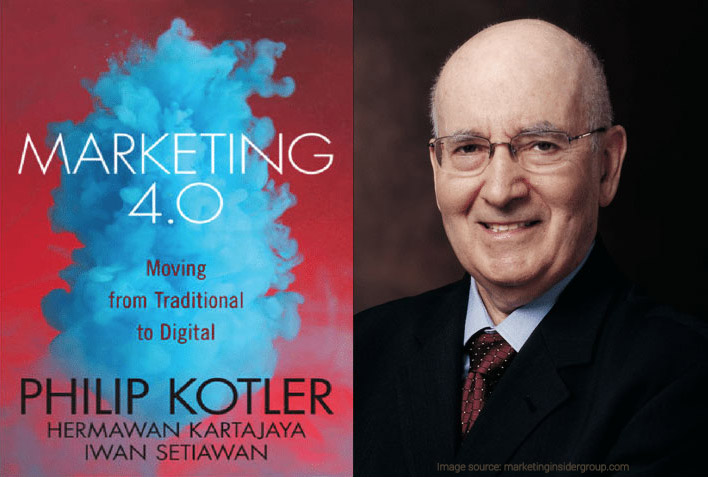Trends
Two of the major trends of the past decade that have contributed to the rise in the demand for eco-friendly and health conscious products have been sustainability and health & wellness.
What Consumers Want
A survey published by Nielson a few years ago revealed that 66% of consumers are willing to spend more on a product if it comes from a sustainable brand. With millennials, the percentage was even higher at 73%.
Another report by Unilever last year indicated that 88% of the shoppers surveyed in India “feel better when they buy products that are sustainably produced.”
The Nielson Global Health & Wellness Survey of 2015, which polled 30,000 respondents from 60 countries revealed that 65% were cutting down on fats, 62% were cutting down on chocolates and sugar and 57% were opting to eat more natural and fresh foods, in an attempt to become more healthy.
What do all these statistics tell us? In a nutshell, that most consumers today want the companies they buy from to incorporate:
a) sustainable, ethical and responsible practices and,
b) practices that help the consumer stay healthy.
This article examines how these two prevailing trends have pushed some companies – including giants in their respective industries – to alter their strategies to fall in line with the demand for sustainable and health conscious practices and/or products.
SUSTAINABILILTY
High street fashion brands like H&M, Zara and Marks & Spencer have begun to offer recycling opportunities in their stores globally, where customers can trade in their discarded clothes for in-store discount vouchers. Some companies recycle some or all of the clothes to actually make new items of clothing out of them, while others hand over the clothes to charitable organisations that distribute them to people in need. In India, consumers can now recycle clothes at H&M and Marks & Spencer stores across the country.

In this example, large global brands have been pushed to come up with ideas that tie in with their consumers’ desire to contribute to sustainability and/or the ‘feel good’ factor that accompanies it.
HEALTH & WELLNESS
When you think of health conscious brands, McDonald’s is not the first name that comes to mind. But earlier this year, the fast food chain announced that its Indian menu would now offer healthier options, with the company tweeting “We’re listening to all health-conscious people out there.”
Some of the changes the company has made to its Indian menu include:
– Whole grain, instead of refined flour wraps
– 25% more dietary fibre in its patties
– 40% less oil in its mayonnaise
– A reduction in the fat content of its Soft Serve cone, which is now 96% fat free.

This is another example of a global giant engaging in activities quite far removed from their regular practices, in an attempt to retain market share and offer new products that are in tune with the changing times.
Globally, many other fast food chains such as KFC, Burger King and Taco Bell also offer healthier menu options in addition to their regular menus.
Is It Enough?
Admittedly, many companies, including some of the ones mentioned in this article, have come under the scanner for merely ‘greenwashing’ and not ensuring that their overall strategy is truly in line with greener (or healthier) practices. Some companies have also been accused of using such strategies to merely charge higher prices and/or to encourage consumerism.
But the moves made by these companies do at least indicate a step in the right direction.
Any company that wishes to survive in the market must sit up and take notice of what its consumer wants – which is exactly what these examples indicate has happened.
One hopes then that the moves highlighted above are just the beginning and that it is only a matter of time before such companies begin to innovate and incorporate long term strategies that are truly sustainable and healthier.

The examples also highlight the power that lies with the consumer to bring about innovation. If enough consumers demand products and practices that are sustainable, ethical and responsible, companies who wish to survive will have no choice but to figure out a way to supply them…a win-win situation for the consumer, the company and our planet at large.
Is it time to change things at your company? Zeitgeist uses the platform of design thinking to develop innovative, long-term solutions that are relevant today as well as in the future. Reach out to us for all your Design Strategy and Design Management requirements.
Gitanjali Singh Cherian
Marketing Manager











